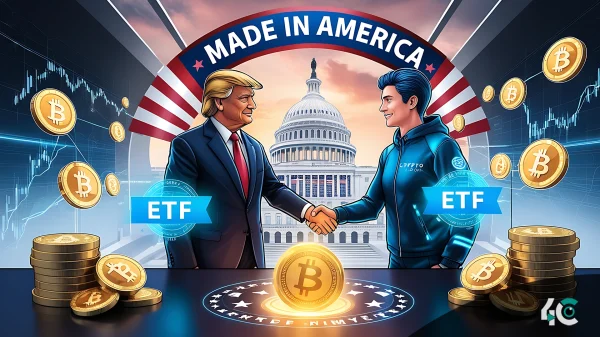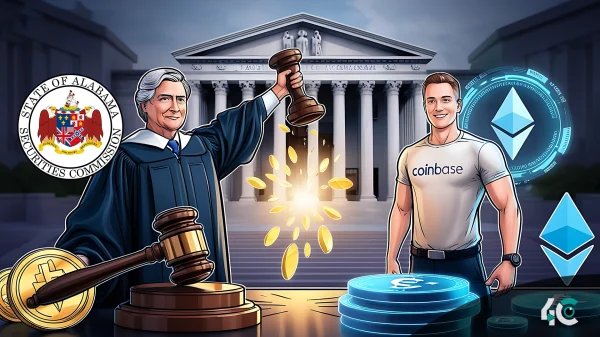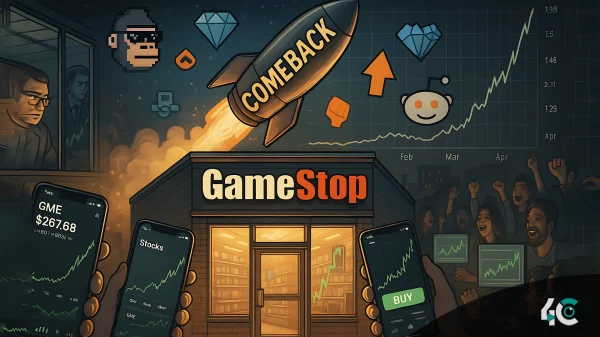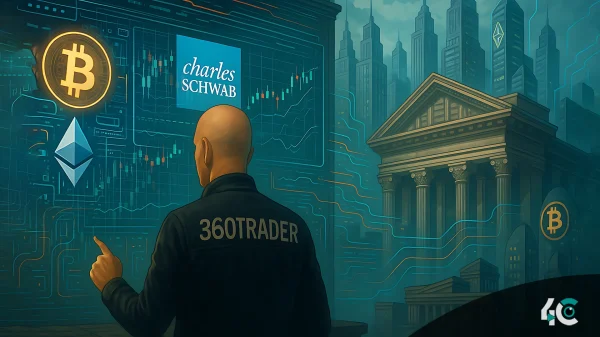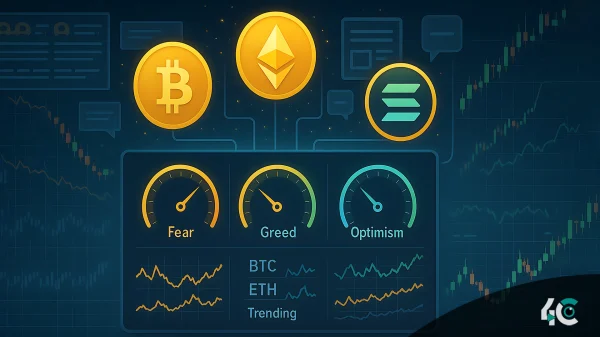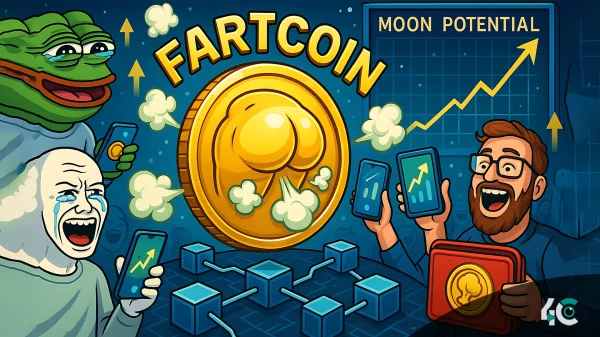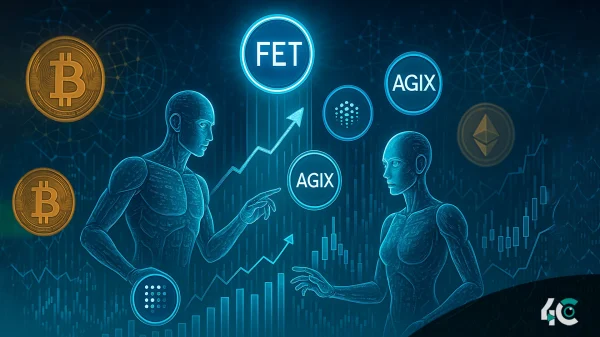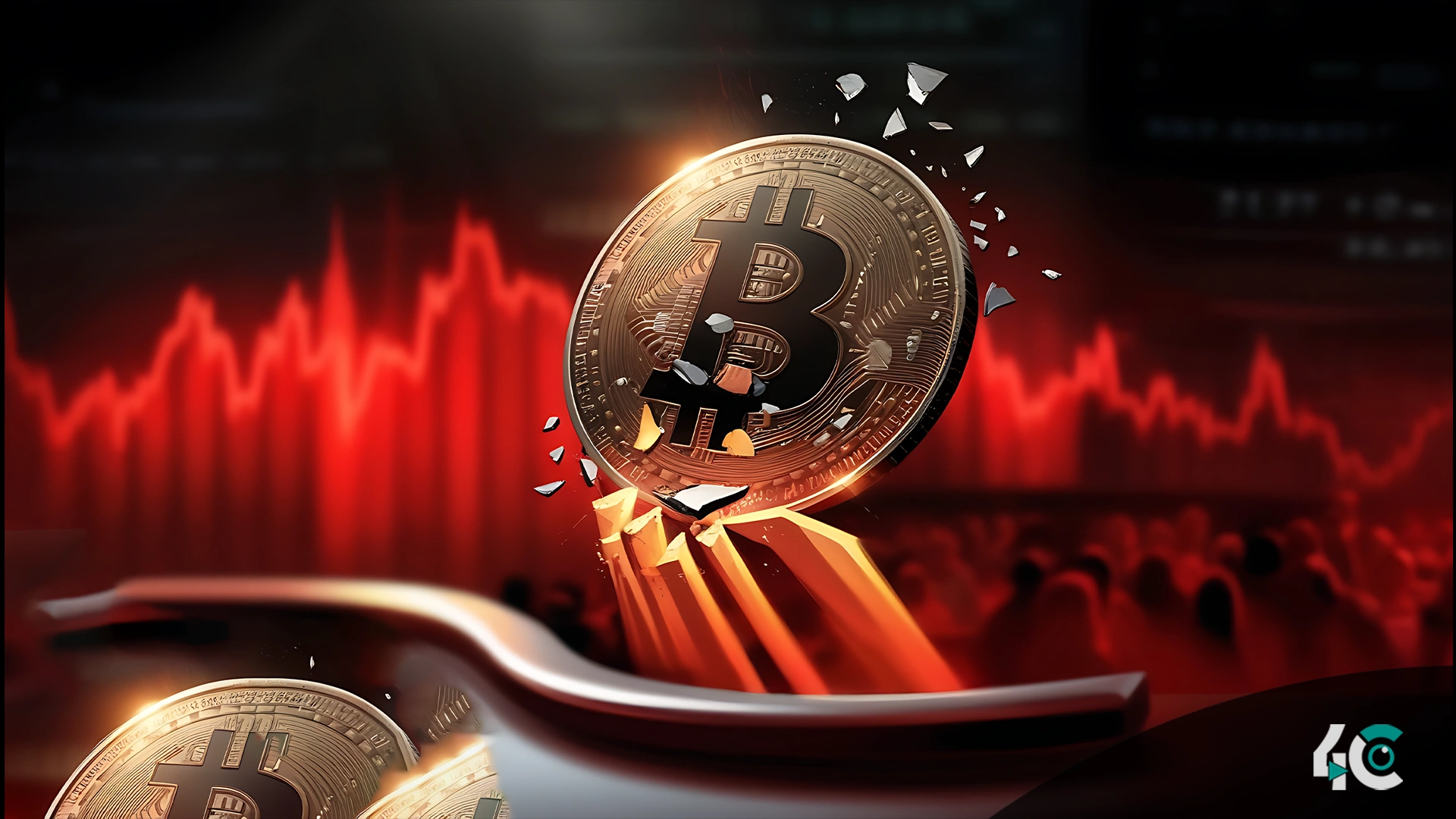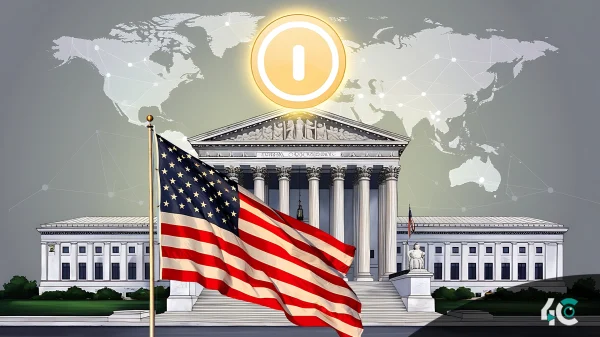With a sudden collapse under $90,000 on February 25, 2025, Bitcoin (BTC) reached its lowest level in more than three months. The crisis has raised questions about more losses as market forces get stronger.
Reflecting a decline of more than 6.2%, BTC reached a low of $87,629, according to data from the crypto market. With almost $516 million in net outflows on February 24 alone, the continuous sell-off in U.S.-based Bitcoin exchange-traded funds (ETFs) is a main factor causing this downturn. For six straight days, the ETFs have been under constant selling pressure; in just two weeks, cumulative net outflows have topped $1.14 billion.
Apart from ETF sell-offs, macroeconomic elements still significantly influence the performance of Bitcoin. Rising interest rates and diminished global buying power have affected investor confidence, therefore lowering market liquidity and trading activity. Further depressing morale and creating still another degree of uncertainty for traders are ongoing trade disputes between the United States and China.
Moreover, connected to the rapid drop of Bitcoin is more market instability following a record-breaking crypto hack. A security hack on February 21 caused a significant exchange to lose $1.4 billion, therefore erasing investor confidence in the digital asset industry. Mass liquidations resulting from the latter turmoil have resulted in approximately $1.3 billion lost from the market in only 24 hours. Market statistics indicate that Bitcoin alone accounted for $523 million in these liquidations, impacting almost 362,000 dealers.
Additionally suffering from this collapse is the larger crypto market. While other big altcoins, including XRP and Dogecoin (DOGE), posted notable losses, Ethereum’s ( ETH) dropped below $2,500. From $3.31 trillion to over $3.09 trillion, the whole market capitalization declined by 8%.
Analysts are arguing whether the price of Bitcoin might slide further more into the $70,000 level as its trajectory is yet unknown. Traders remain wary of the future movement of the market as global economic conditions and investor mood keep changing.


